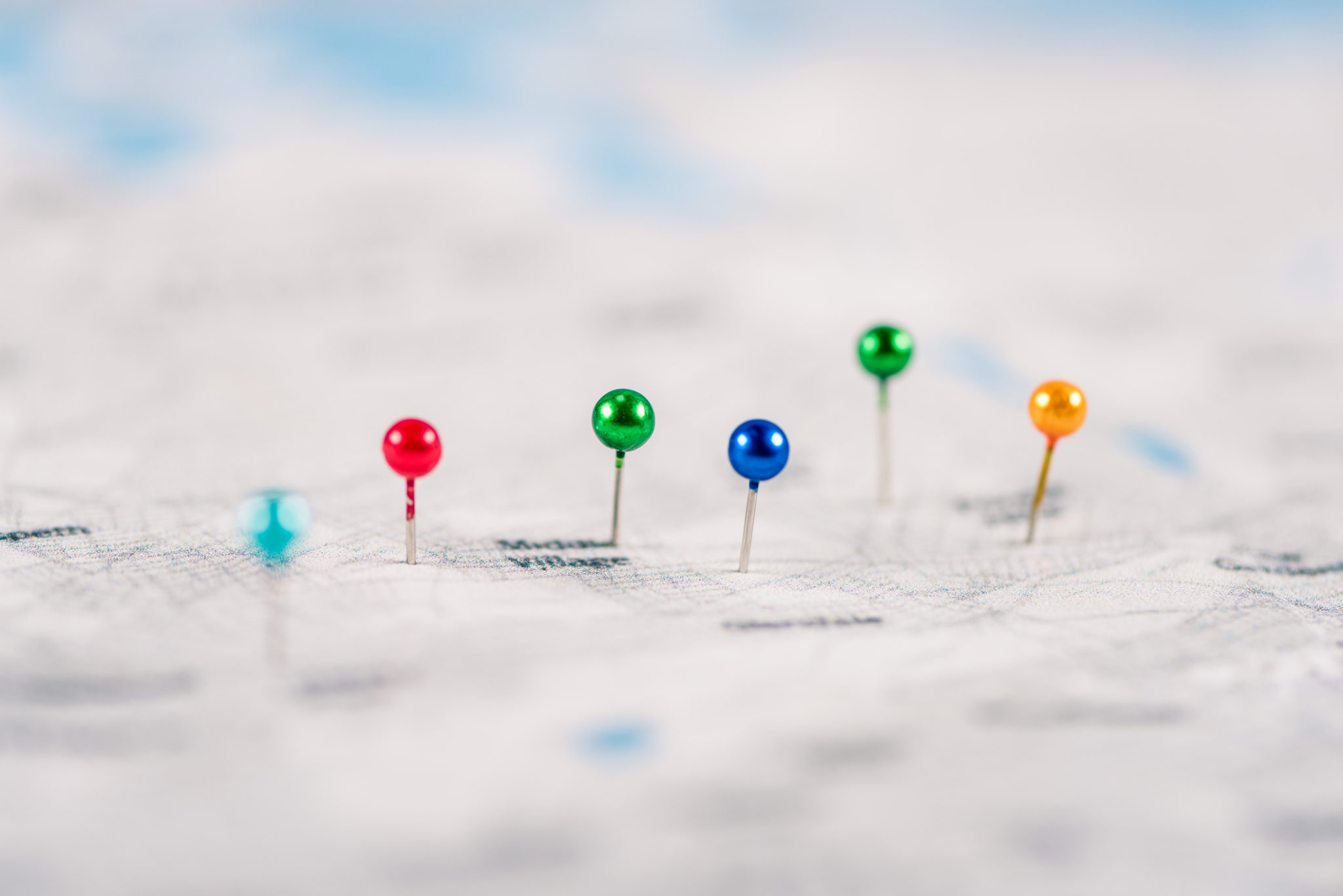How to Build and Use Customer Journey Maps

In 2009, a map saved my life. I became separated from my Boy Scout troop after taking a foolish detour to see a rock formation (cut me some slack — I was a Tenderfoot) and found myself alone in the woods. I scanned my surroundings, but nothing looked familiar, and as the sun began to set, I lost hope. Then I found the crumpled map at the bottom of my backpack.
While a customer journey map probably won’t save your life, it can save your marketing team from wasting time on aimless strategies. And to really improve your user experience, it’s essential to have the right map and know how to use it.
Related: Ask these five questions to nail down your audience personas.
This week, D Custom’s director of digital media strategy showed me how to build and navigate a customer journey map. Here’s what you need to know.
What is a customer journey map?
A journey map is a visual guide to your customer’s needs, motivations, and expectations. It helps you envision a customer’s experience with your brand over time. These maps typically show:
- The actions consumers and businesses take in the purchase cycle.
- How they communicate at each touchpoint.
Detailed journey maps might even include emotions or social interactions through the phases of your audience’s journey.
How do these journey maps improve relationships?
A mindset that’s strictly transactional can cause you to time messages poorly, offer the wrong things, or miss key touchpoints. A customer journey map shifts your perspective and brings you into the mind of your consumer. It helps you figure out the “why”: why conversion rates are so low, why people are leaving a page, or why potential clients go halfway through your journey, then abandon you.
A journey map helps you understand the actual path people take through your sales funnel (or customer service process, or content, etc.) — including their questions and feelings along the way — and how that compares to the path you think they’re taking. Armed with these insights, you can place more effective calls to action and ensure that you are hitting your customers with the right messages at the right times.
How do I create a journey map?
- Set goals. Do you want a general snapshot of how your audiences are acting, or do you need extensive detail to make major strategic changes? Do you want to improve customer service engagements, or is your focus on boosting sales? Initial clarity will ensure a more useful journey map.
- Do research. Use all the data at your disposal —reviews, analytics, surveys, focus groups, and your existing audience personas (if you don’t have them, build them). You need to understand how your audience engages with you before you can improve their experience.
- Ask questions. Your goals will help guide your thinking on this. Ask yourself:
- What are your touch points?
- When and how are you engaging, and through what medium?
- What is the frequency of communication?
- What are your audience’s issues and pain points?
- How do your customers feel and act at each phase of the journey?
- Pull it together. A journey map typically moves chronologically from left to right, detailing the phases of a client’s or potential client’s journey. At each phase, note what data is important to you — communication channel, customer emotions, which branch of your company the customer interacts with, and so on. As you create the map, new questions will likely arise. Keep seeking answers, and the value of your map will continue to grow.
How many journey maps should I create?
Depending on who your audiences are and the attributes you want to track, multiple journey maps may be useful. Still, you can’t map out every customer, so to some extent, you have to generalize. More than likely, your audiences will have some differences, but their journeys overlap enough for one or two maps to suffice.
I made my journey map and it looks great. Now what?
Look for holes: The places where you’re not communicating well or fulfilling a need become opportunities to enhance your customer experience. With these new goals in mind, you can create an aspirational journey map. This one becomes a physical, visual tool to share with your entire team — designers, writers, marketers, executives, sales personnel, etc. This visual guide will establish a unified vision for what your customer’s journey should be and what you need from everyone to get there.
Now that you have a guide to mapping customer journeys, learn about other important brand storytelling tools.


